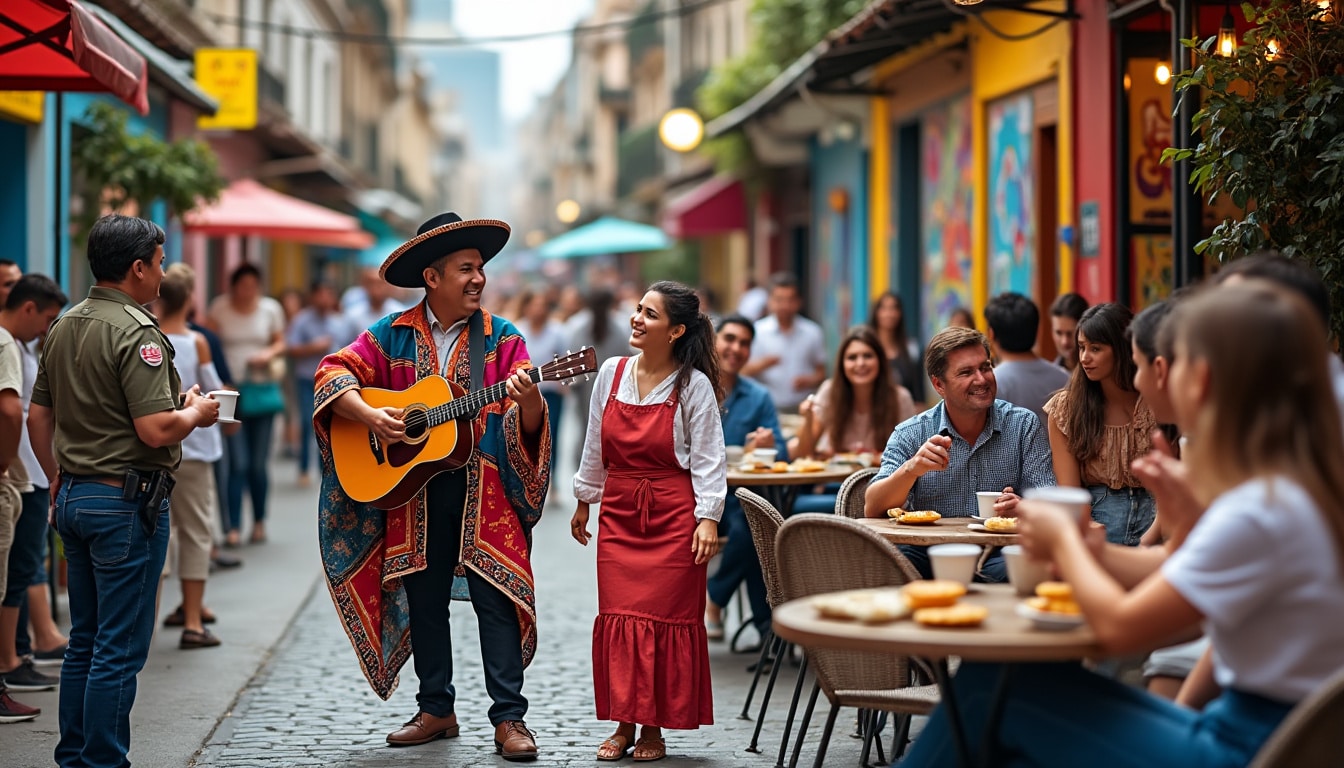Exploring Buenos Aires is an experience like no other. As the vibrant capital of Argentina, this city is a melting pot of rich culture, stunning architecture, and bustling street life. Yet, for those planning their visit, safety is always a primary concern. Understanding the nuances of staying safe can transform a good trip into a memorable one. Travelers from different countries often wonder how to navigate Buenos Aires securely given its large size and varied neighborhoods. In this guide, we’ll delve into different aspects and practical tips for ensuring a SafeTrip Buenos Aires experience.
Understanding Buenos Aires’ Neighborhoods: Safe Zones and Areas to Avoid
Buenos Aires is a city of contrasts, with lush parks and bustling cultural hubs alongside developing areas where caution is necessary. Knowing where to go—or perhaps more importantly, where not to—is crucial for a secure journey. The city is distinctively divided into several neighborhoods, each with its unique character and safety profile.
Palermo, Recoleta, and Puerto Madero are often revered for their upscale ambience and bustling activity. These areas boast an abundance of cafes, cultural sites, and parks, making them ideal for leisurely exploration. While largely safe, modest caution is advised as petty thefts do occur. Travelers are encouraged to keep their belongings secure and avoid flaunting valuables.
Conversely, districts such as Retiro and La Boca have contrasting reputations. While La Boca is famous for its vibrant El Caminito street and tango performances, its fringes are less hospitable, particularly after dark. Tourists should plan visits during the day and consider guided tours to remain on the secure side.
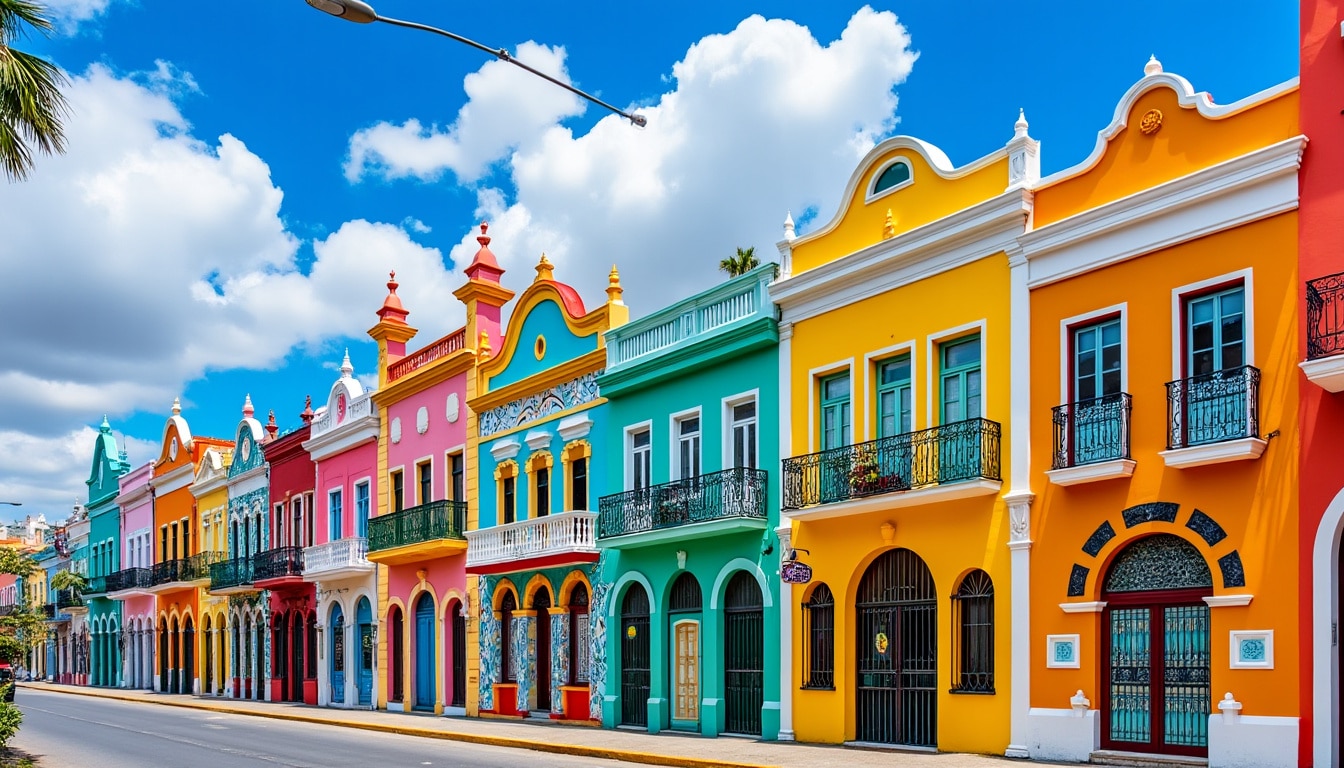
Retiro houses one of the city’s main transit hubs. It’s advisable for travelers to be vigilant against pickpocketing, especially in the bus terminal vicinity. Taking a cab directly to your accommodation from the station can add an extra layer of security. For further reading on specific neighborhood safety tips, consider visiting this guide on the geography of Buenos Aires.
Essential Safety Zones for Travelers
Travelers are recommended to stay primarily within the areas known for their tourist-friendly infrastructure, such as:
- ⭐ Palermo Soho & Palermo Hollywood: Known for nightlife, dining, and shopping.
- ⭐ Recoleta: Famous for its cultural landmarks like the Recoleta Cemetery.
- ⭐ San Telmo: Offers historic charm and regular antique fairs.
It’s these places that not only charm but also generally ensure safe explorations with their robust police presence and tourist amenities.
A Guide to Avoiding Theft and Scams in Buenos Aires
Petty theft and scams are consistent yet manageable risks in Buenos Aires. Understanding common tactics and staying aware can significantly bolster your traveler’s guardian alertness. With the right cognitive preparation, you can effectively mitigate these challenges.
One prevalent scam involves currency exchange, especially along the bustling Florida Street. Despite alluring rates, the risk of receiving counterfeit or incorrect amounts is high. For safe currency practices, legit exchanges or ATMs linked with established banks are recommended. Delve into Buenos Aires exchange safety tips at this article for further insights.
Below is a comparison chart illustrating the top precautionary measures against thefts and scams:
| Scam Type | Precaution | Action Emoji |
|---|---|---|
| Currency Exchange Fraud | Use official exchanges or ATMs | 💵 |
| Pickpocketing | Keep belongings close, use hidden pockets | 👝 |
| Fake Police Officers | Always ask for credentials | 🕵️♂️ |
| Street Distractions | Avoid engaging with strangers unnecessarily | 🛑 |
Implementing these safety measures can empower travelers to enjoy Buenos Aires with a greater sense of security, keeping the focus on exploration and enjoyment.
Transportation Safety in Buenos Aires: Navigating Like a Local
Getting around Buenos Aires efficiently and safely brings visitors closer to the local Buenos Aires experience while ensuring peace of mind travels. The city’s transport network is robust, with several options that each offer different levels of accessibility and security.
The subway, known locally as “Subte”, is a convenient way to travel, linking key city areas. However, during peak hours, the cars can become crowded, so keeping belongings secure is paramount. Remember to carry backpacks in front to deter pickpockets. To avoid potential scams, make sure to purchase tickets only from certified kiosks.
Taxis can offer a more comfortable and direct travel solution. It’s beneficial to opt for registered “Radio Taxis” or use rideshare apps like Uber for added security. When commuting by bus, it’s wise to be alert for bus stop scams, where people pretend to assist with directions only to pickpocket unsuspecting travelers.
Rideshare vs. Taxis: Which is Safer?
Rideshare apps like Uber and Cabify have modernized transportation in Buenos Aires with traceable rides, cashless transactions, and route sharing options. They are generally considered a safer option as compared to street-taxis which could be subject to tampered meters or intentional diversions.
- 🚖 Radio Taxis: Check for official signs and contact details.
- 📱 Rideshare: Ensure app safety measures are active, such as verifying driver identity and sharing trip details.
Exploring Buenos Aires safely requires making informed transportation choices. Staying aware allows travelers to venture through this lively city confidently.
Staying Safe in Buenos Aires: Health and Emergencies
Health and safety rank high among travelers’ concerns while journeying through Buenos Aires. Luckily, this dynamic city is equipped with robust healthcare facilities, ensuring travelers’ well-being remains a top priority. Yet, understanding how to access these resources efficiently is crucial.
Buenos Aires boasts numerous hospitals and clinics, including those specifically equipped to assist internationals, like Hospital Alemán and Hospital Italiano. Consider obtaining travel insurance that covers medical emergencies pre-departure, providing a safety net for any unexpected occurrences.
Airborne illnesses are another concern. During Argentina’s summer months, the risk of mosquito-borne diseases like dengue is higher. Applying insect repellent and sleeping in air-conditioned rooms with window screens can minimize exposure. Additionally, regular updates are available here on local health advisories.
Emergency Contacts for Tourists
While exploring, travelers should have access to critical emergency numbers. Below is a quick reference guide for immediate assistance:
- 📞 Emergency Services: Dial 911 for immediate police, fire, or medical help.
- 🏥 Hospital Italiano: A well-regarded option for tourists.
- 📲 Embassy Contacts: For visa or legal issues, communication with your home country’s embassy is crucial.
Consistently maintaining a focus on health and preparation can safeguard travelers’ experiences in Buenos Aires, turning potential challenges into seamless adventures.
Cultural Sensitivities and Safe Interactions in Buenos Aires
To truly enjoy your visit and remain respectful, understanding local cultural nuances and practices is as vital as personal safety protocols. Argentine hospitality is celebrated worldwide, but maintaining an awareness of certain sensitivities can foster smoother interactions.
First, it’s essential to know that Argentinians take significant pride in their cultural heritage, particularly when discussing football or national history. Engaging respectfully in these topics enriches conversations but scrutinizing or dismissing them can offend. The local love for soccer is profound, with matches—particularly the Boca Juniors vs. River Plate—is a vibrant display of national passion.
As for attire, Buenos Aires, despite its cosmopolitan image, values modesty to an extent. Dressing conservatively in places of worship or formal settings is advised. When photographing in public, particularly in historic or religious sites, always seek permission first. A blend of vibrant city life and rich traditions forms the cultural tapestry of Buenos Aires. Embracing this respectfully elevates the travel experience, paving the way for Peace of Mind Travels.
Learn more about respecting cultural norms at this comprehensive guide on safety tips in Buenos Aires.
Social Etiquette for Safe Interactions
- 👥 Greetings: A friendly “hola” or “buenos días” is customary.
- 🍷 Dining: Wait for your host to initiate the meal; avoid controversial topics during casual discussions.
- 🚫 Space: Be mindful of personal space and avoid assumptions; handling traditions with care will always be appreciated.
Through such mindful considerations, travelers become Safe Explorers in Buenos Aires, nurturing memorable and enriching experiences in this captivating city.
FAQ
Explore common questions about traveling safely in Buenos Aires:
- How can I protect my belongings from theft?
Use cross-body bags with zippers in front and keep electronics secured. Always remain cautious in crowded settings. - Is Buenos Aires LGBT-friendly?
Yes, Buenos Aires is considered one of the most LGBTQ-friendly cities in Latin America with a vibrant social scene. - What is the best way to exchange currency safely?
Official exchanges in banks or ATMs are recommended. Be wary of street offers that seem too good to be true. - Are there any areas to avoid at night?
La Boca and Retiro should be approached with caution, especially after dark. Stick to well-lit and populated areas. - What should I do in case of an emergency?
Dial 911 for help and seek assistance from local authorities or your consulate if needed.

Buenos Aires, often referred to as the “Paris of South America,” boasts a mix of European grandeur and Latin flair that attracts millions of visitors each year. With its tango-filled nights, mouth-watering cuisine, and rich cultural tapestry, the capital of…
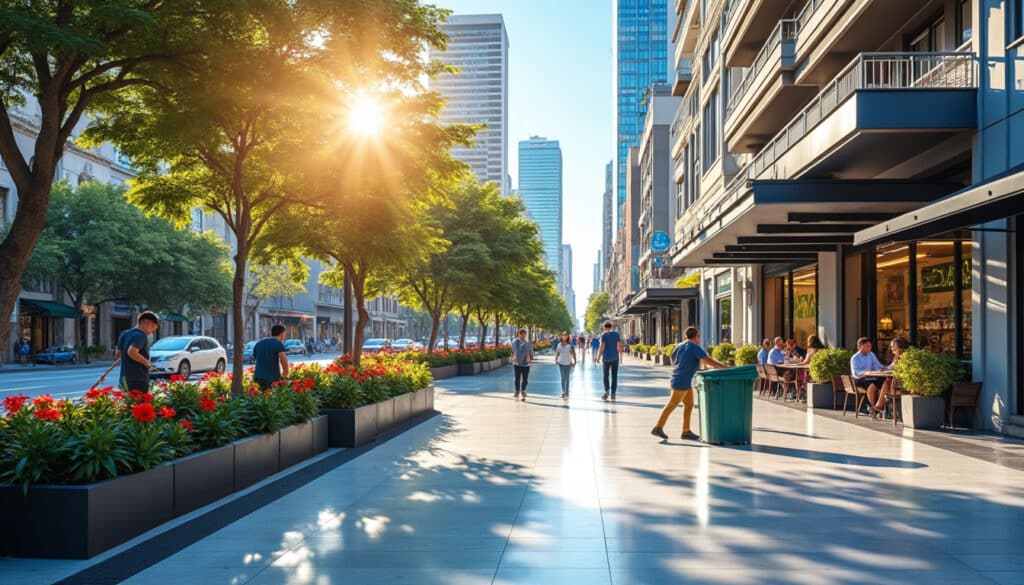
Cleanliness and hygiene in Buenos Aires
Renowned for its vibrant culture and rich heritage, Buenos Aires continues to maintain the charm that draws countless visitors to its streets each year. However, the city’s allure is accompanied by ongoing efforts to ensure cleanliness and hygiene in its…
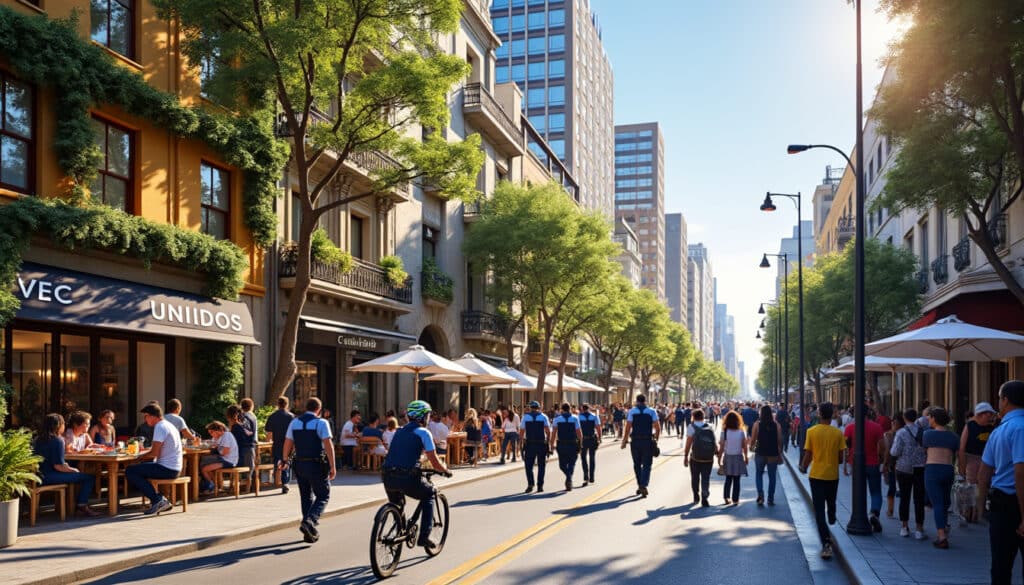
General safety in Buenos Aires
With its enchanting blend of European elegance and vibrant Latin American culture, Buenos Aires stands as a beacon of allure for travelers across the globe. As visitors meander through its tree-lined avenues, dance to the tango rhythm in its plazas,…
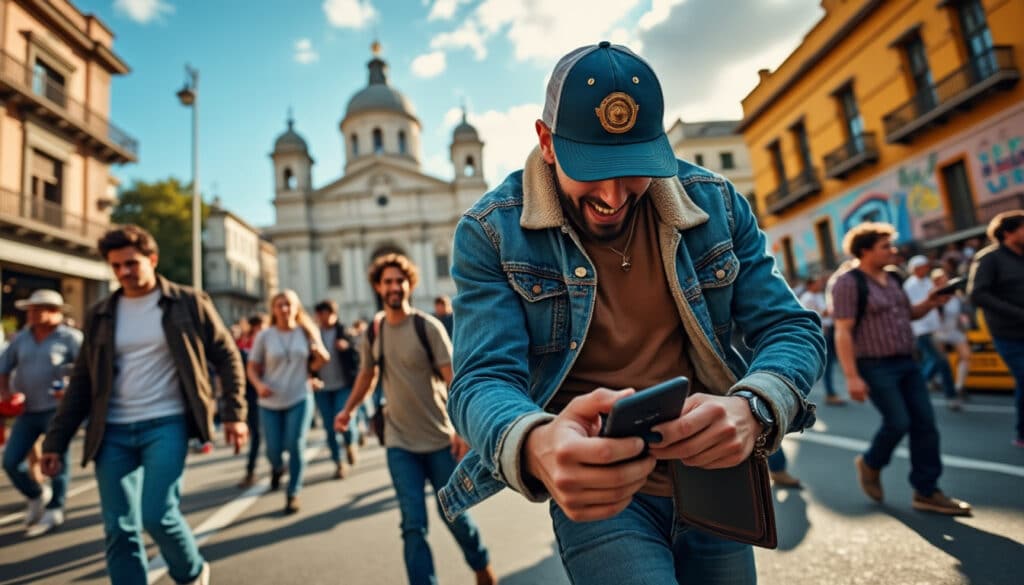
Pickpocketing and theft in Buenos Aires
Picture this: Buenos Aires, a dazzling tapestry of tango, tantalizing cuisine, and eclectic architecture. 🇦🇷 This thriving metropolis is a melting pot of cultures, yet beneath its vibrant charm lies an ever-present issue faced by locals and visitors alike—pickpocketing and…
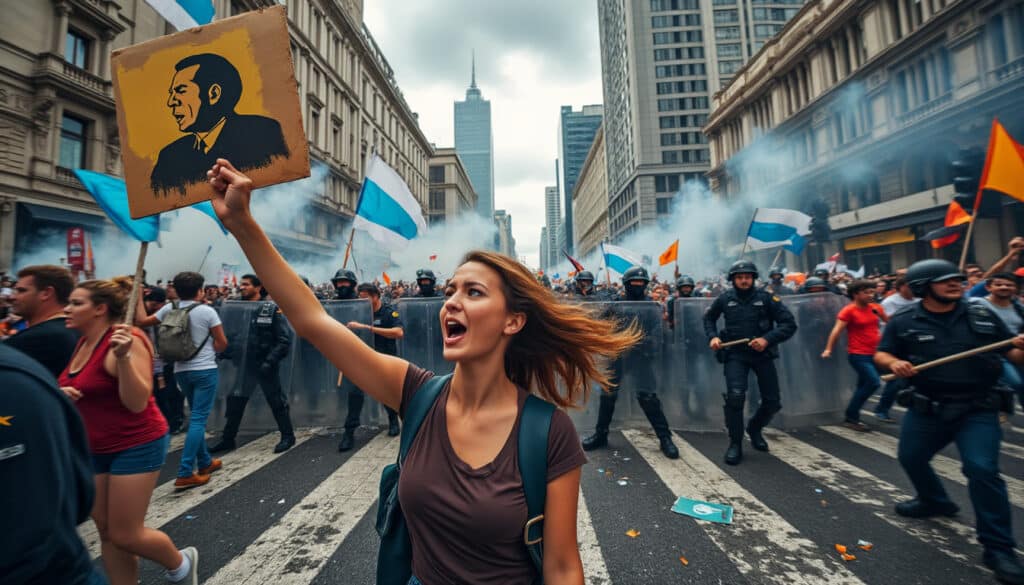
Protests and social unrest in Buenos Aires
In recent years, Buenos Aires has transformed into a hub of continuous protests and social unrest, reflecting Argentina’s complex political landscape. The capital city frequently witnesses tens of thousands of citizens taking to the streets, voicing concerns over issues ranging…
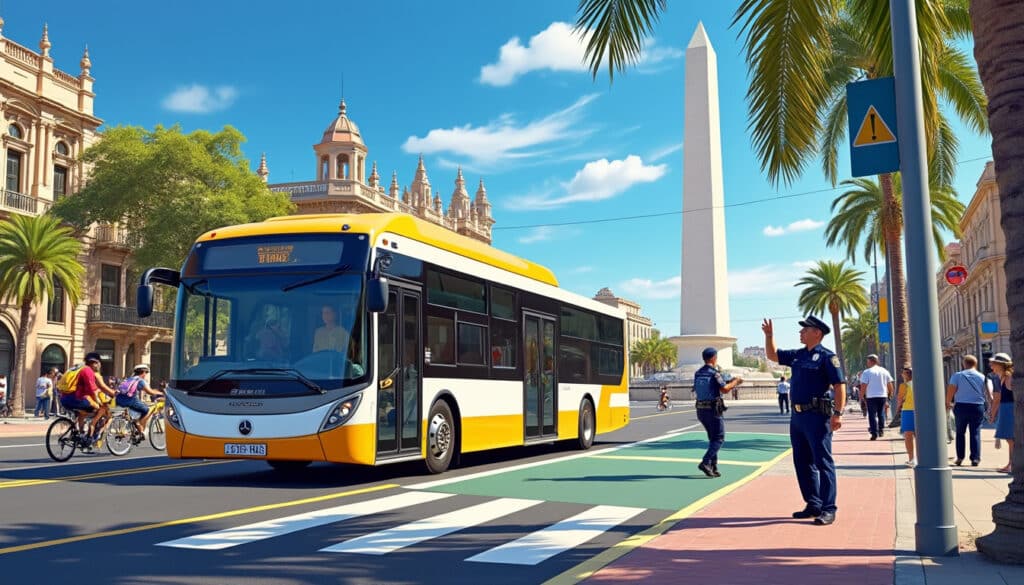
Transport safety in Buenos Aires
With its rich cultural tapestry and dynamic urban landscape, Buenos Aires entices travelers and newcomers alike. Yet, as with any bustling metropolis, queries about safety naturally arise, particularly concerning transportation. From the vibrant streets of Palermo to the historic charm…

